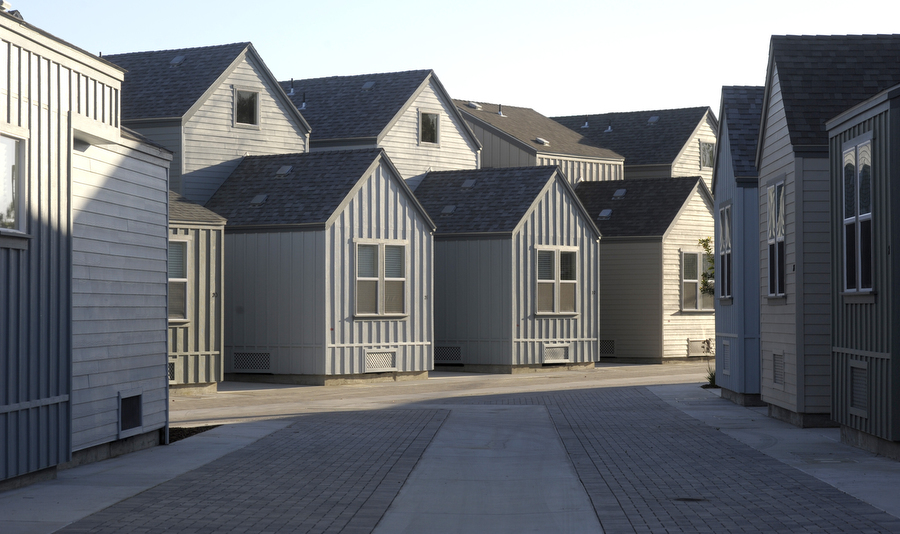From Housing to Jobs, Santa Barbara’s High Cost of Living Dissected

The price that people pay in order to live in Santa Barbara was a recurring theme at the “High Cost of Living” panel, a topic tossed among five panelists who caught up the audience on the minimum wage, labor costs and employee recruitment, and even housing on State Street. Sponsored by the city’s Living Wage Ordinance Committee, Wednesday’s event was hosted by Vice Chair Dick Flacks with Mayor Helene Schneider as the moderator.
Just 40 miles to the south in Ventura, said panelist Maricela Morales, homes cost half those of Santa Barbara, where the median price is about a million dollars. Morales, executive director of Central Coast Alliance for a Sustainable Economy, gave an analysis of rent prices and wages: Sixty percent of city residents are renters, she said, with an average annual income of $21,000. An average annual rent, however, costs $30,000, which requires a paycheck that reflects at least $30 per hour, she said.
What was shocking, said Nelson Lichtenstein, director of UCSB’s Center for the Study of Work, Labor, and Democracy, is that despite Santa Barbara’s tight labor market — the town has extremely low unemployment and high employment rates — wages were much lower than anywhere else in Southern California. He suggested they needed to rise by 15 percent.
That reality, said Trevor Large, meant employers had to recruit from all over. Home prices depressed the number of workers available in Santa Barbara, said Large, who presides over Santa Barbara Hospitality, due in part to the simple lack of geographic space to build homes.
Schneider questioned the panelists about possible impacts of the current minimum wage, which is $10.50 per hour. While most panelists agreed that an increase seemed appropriate considering Santa Barbara’s high cost of living, Trevor Large pointed out that the profit margin among restaurants is only 4-5 percent. If employers pay minimum wage and employees keep their tips, he stated, a tip credit should be applied to the wage. This would help a small business like a restaurant absorb an increase in the minimum wage and help stabilize menu prices.
State Street housing sparked a conversation between the panelists, who described the potential miles to be saved by the proximity of jobs and stores — or even the train station just blocks away — and the benefits of housing density, to be created potentially by converting empty spaces above shops to homes. Ever the professor, Lichtenstein took the large view, envisioning a solution that spread out commercial services and placed housing, jobs, and resources where the housing is cheaper.
Editor’s Note: This story was changed to reflect Trevor Large’s position on the minimum wage: that an increase could destabilize small business success, and that tip credit should be applied to restaurant-worker wages.


